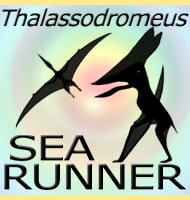Liaoningopterus
In Depth Liaoningopterus was one of the largest pterosaurs known from China, and is considered to be similar to the pterosaur Anhanguera known from all over the world. Liaoningopterus had two crests on both the top of its snout and lower jaw, similar to Ornithocheirus which is why Liaoningopterus is placed within the Ornithocheiridae. Also … Read more

